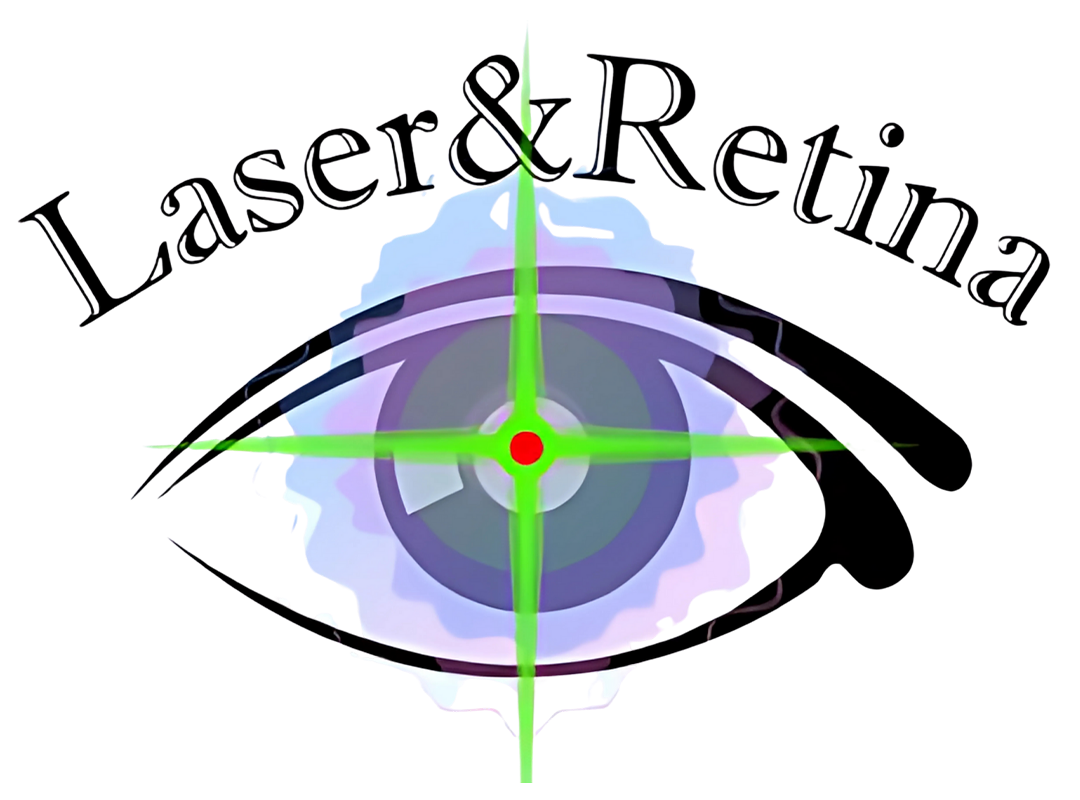Cataract
What is Cataract ?
A cataract is a clouding of the natural lens in your eye, which affects your ability to see clearly. The lens, located behind the iris (the colored part of the eye), normally helps focus light onto the retina. When a cataract develops, the lens becomes cloudy, which can lead to blurry vision, faded colors, and glare.
What Causes Cataracts?
Cataracts typically develop as you age, but several factors can contribute to their formation:
- Aging: The most common cause; cataracts often form as part of the natural aging process.
- Exposure to UV Light: Prolonged sunlight exposure can increase the risk.
- Medical Conditions: Diabetes and other conditions may accelerate cataract formation.
- Trauma: Injury to the eye can lead to cataract development.
- Certain Medications: Long-term use of steroids or other medications might contribute.
- Genetics: Family history may play a role.
Cataract
- Laser Cataract Surgery
- Foldable Intraocular Lens (IOL)
- Phacoemulsification
- Minimally Invasive Cataract Surgery
- Post-Operative Care After Cataract Surgery
- Understanding Premium Intraocular Lenses
Recognizing the Symptoms
You may notice cataracts if you experience one or more of the following:
- Blurry or cloudy vision
- Difficulty seeing at night
- Glare or halos around lights
- Faded colors or yellowed vision
- Frequent changes in prescription glasses
- Double vision in a single eye
Early cataracts may not affect your vision noticeably, but as they progress, you might experience significant vision impairment.
Treatment Options
Non-Surgical Management:
- Eyeglasses or Contact Lenses: Early cataract changes might be managed with stronger prescriptions.
- Improved Lighting: Better lighting at home and work can help ease symptoms.
- Lifestyle Changes: Wearing sunglasses to block UV light can prevent further damage.
Surgical Treatment:
When cataracts significantly impair vision, cataract surgery is the most effective treatment. The cloudy lens is removed and usually replaced with a clear artificial intraocular lens (IOL). Cataract surgery is very common and has a high success rate.
What to Expect from Cataract Surgery
- Pre-Surgery Evaluation: Your eye doctor will perform a thorough exam (including dilated eye exams and imaging) to assess the cataract and plan treatment.
- The Surgery: Typically performed on an outpatient basis under local anesthesia. A tiny incision is made, the cloudy lens is removed, and an IOL is inserted.
- Recovery: Vision generally improves over the days following surgery. You'll need to follow post-operative care instructions (e.g., using eye drops, avoiding strenuous activity) and attend follow-up appointments.
1. Normal Eye vs. Cataract-Affected Eye

2. Diagram of the Human Eye Showing Cataract Formation

3. Illustration of Cataract Surgery

Frequently Asked Questions
A cataract is a clouding of your eye's natural lens that can lead to blurry vision, glare, and faded colors.
In the early stages, stronger glasses and improved lighting might help, but cataracts eventually require surgery if they interfere with daily activities.
Yes, cataract surgery is one of the most common and successful procedures. Most patients experience significant improvement in vision.
Many patients notice improved vision within days, though complete recovery may take a few weeks.
While aging is the primary cause, protective measures like wearing sunglasses, managing health conditions, and avoiding smoking may help reduce your risk.
Patient Guide Download
Want to read more? Download this trusted guide from the National Eye Institute:
Cataract
- Laser Cataract Surgery
- Foldable Intraocular Lens (IOL)
- Phacoemulsification
- Minimally Invasive Cataract Surgery
- Post-Operative Care After Cataract Surgery
- Understanding Premium Intraocular Lenses
